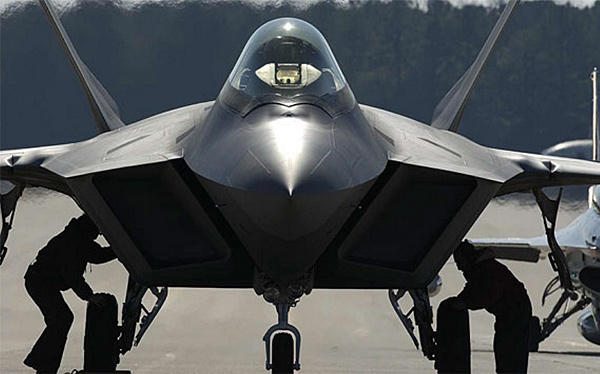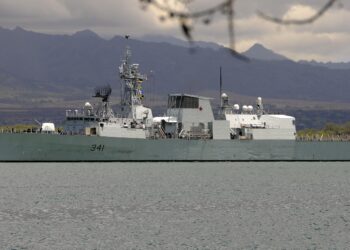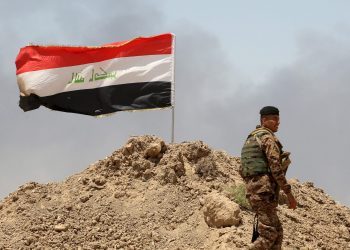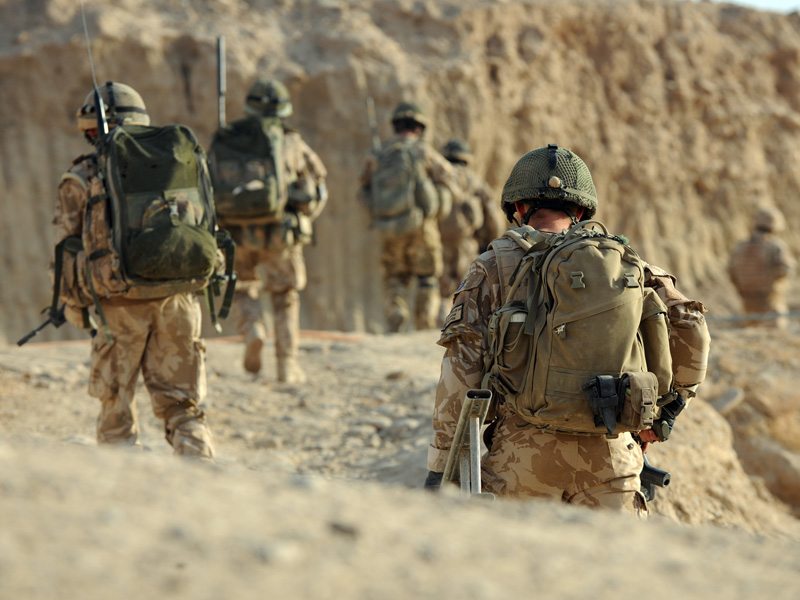China’s military is modernizing, but the Chinese government needs to be more forthcoming on why it needs these new capabilities, according to a Defense Department report delivered to Congress today.
Michael Schiffer, deputy assistant secretary of defense for East Asia, briefed Pentagon reporters on the report.
“The United States welcomes a strong, prosperous and successful China that contributes to international rules and norms and enhances security and peace both in the Asia-Pacific region and around the globe,” Schiffer said.
The United States is working to engage China in economic, peacekeeping and humanitarian areas, among others, Schiffer said. A good military-to-military relationship is one part of that engagement, he added, noting that China is working with the international community, for example, to counter piracy off the coast of Somalia and in the Gulf of Aden. The Chinese military also has contributed to earthquake relief in Pakistan and played a role in delivering humanitarian aid to Haiti, he said.
“However,” he added, “the pace and scope of China’s sustained military investment have allowed China to pursue capabilities that we believe are potentially destabilizing to regional military balances, increase the risk of misunderstanding and miscalculation, and may contribute to regional tensions and anxieties.”
The capabilities could pose a temptation for the Chinese government to use military force “to gain diplomatic advantage, advance its interests, or resolve … disputes in its favor,” Schiffer said. This danger, he told reporters, re-emphasizes the need for a sustained and reliable military-to-military dialogue between the United States and China.
China’s army is on track to realize its goal of building a modern, regionally focused military by 2020, the report says. But China’s ability to sustain military power at a distance today remains limited.
This may change shortly, Schiffer said. This month, China has conducted sea trials of a Kuznetsov-class aircraft carrier it purchased from Ukraine and refurbished.
“The aircraft carrier could become operationally available to China’s navy by the end of 2012, we assess, but without aircraft,” Schiffer said. “It will take a number of additional years for an air group to achieve the sort of minimal level of combat capability aboard the carrier that will be necessary for them to start to operate from the carrier itself.”
The Chinese continue to invest in submarines, and China’s navy is investing in new surface combatants designed for anti-surface and anti-air warfare, Schiffer said, and construction of a major naval base on Hainan Island is complete. “And this base, we assess, is large enough to accommodate a mix of ballistic missiles, submarines and large surface combatants, including aircraft carriers,” he added.
China is also investing in aircraft and missiles. In January, the Chinese air force flight-tested its next-generation fighter prototype. The aircraft includes stealth attributes, advanced avionics and supercruise-capable engines, Schiffer said.
Space also is a focus of China’s military modernization, with a record 15 launches in 2010.
While relations with Taiwan and China have improved markedly in most areas, Schiffer said, the Chinese military still focuses on a cross-strait contingency. China also seems to be stressing maritime territorial claims in the South China Sea – an area where roughly 50 percent of the world’s trade travels.
The Chinese military also has demonstrated in recent years the capability to conduct limited peacetime deployments of modern forces outside Asia.
“This includes multiple counterpiracy deployments to the Gulf of Aden and increasing participation in international humanitarian and disaster … relief efforts,” Schiffer said. “Investments in large amphibious ships, a new hospital ship, long-range transport aircraft and improved logistics have made these sorts of missions a practical reality.” These peacetime operations provide China’s military with a valuable operational experience and also serve the government’s diplomatic objectives, he added.
The modernization shows no sign of slowing, the report says, as the Chinese military received a 12.7 percent budget increase this year. The report acknowledges the difficulty in figuring how much China spends on its military, but estimates it at around $165 billion. “That continues more than two decades of sustained budgetary growth,” Schiffer told reporters.
The Chinese have made some incremental improvements in transparency in recent years, he said, but a number of uncertainties remain.
“We will continue, and we do continue, to encourage China to improve transparency and openness, to act in ways that support and strengthen common political, economic and diplomatic interests of the region and of the international community,” Schiffer said.
In the past, the Chinese have objected to the release of the report. Schiffer said he hopes the Chinese government and military will look at it differently this year.
“The report can best be read not simply as a piece of analysis, but really as the sets of questions and issues that we would like to be able to engage in dialogue and discussion with our Chinese counterparts about,” he said. “These are the questions and the issues that we think that it’s important for us to be able to understand.
“We know our Chinese friends have questions for and about us,” he continued, “and that’s the sort of dialogue and discussion that we welcome and that we think contributes to regional and global security and stability.”
[Download not found]











